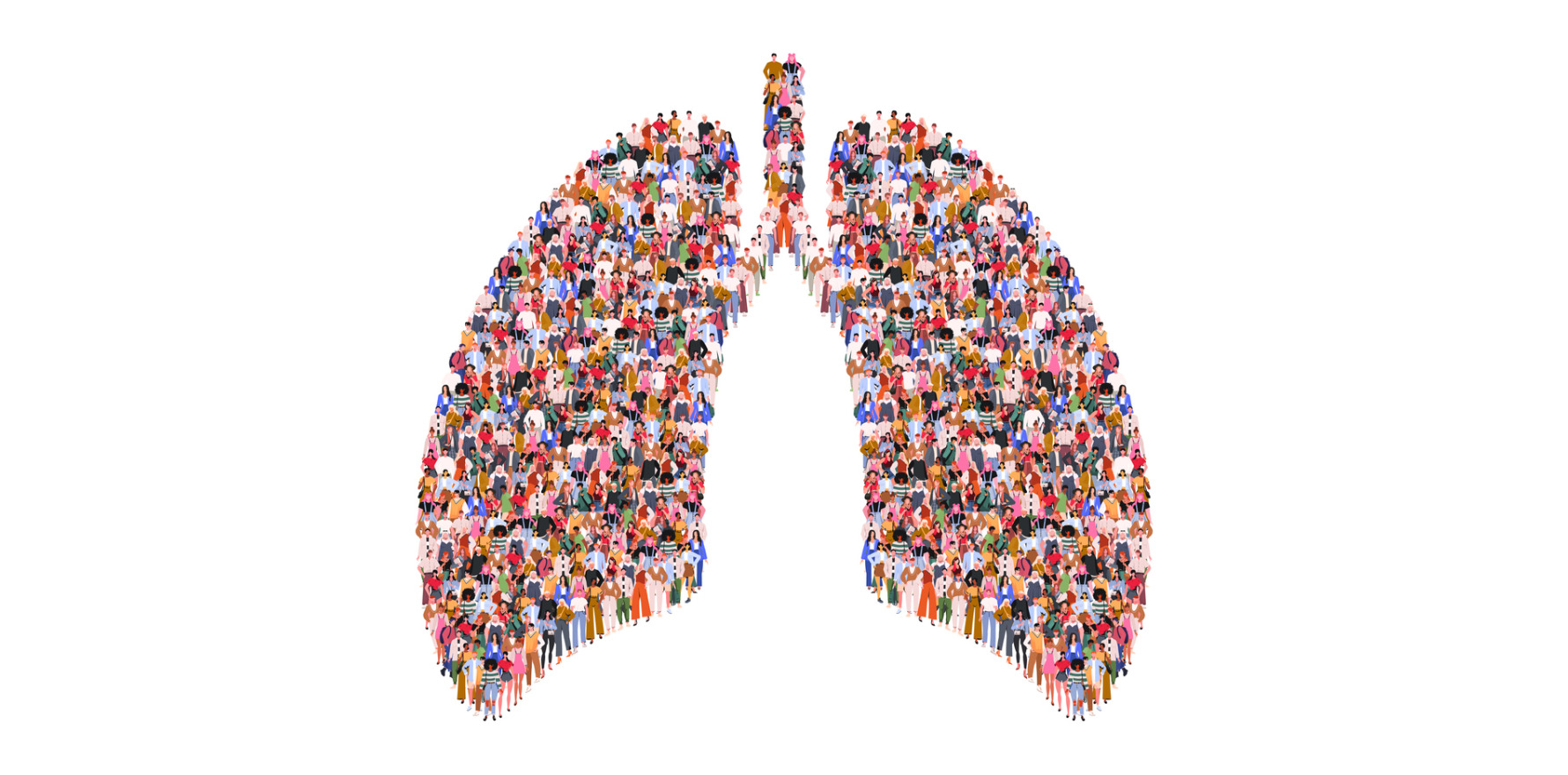A 30% rise in just one year suggest the protective effects of the pandemic are over.
Avoidable asthma deaths have risen more than 30% in the past 12 months, after several years of suppression thanks to covid precautions.
In 2022, 467 people died from asthma-related causes, up from 355 the year before, according to new ABS data.
This is the highest number of deaths since 2017.
“Sadly, this is of no surprise and reflects the problems with asthma care in Australia,” said respiratory physician Professor Peter Wark, director of the National Asthma Council Australia.
“What is of most concern is that most of these deaths are preventable and many relate to undertreatment, especially in regard to the use of inhaled corticosteroids,” he said in a statement.
“Confusion around asthma diagnosis is also a major limitation to optimising asthma care and if anything has worsened with the with less spirometry being performed than ever before.”
Most people with asthma should be using inhaled corticosteroids, as they are the only treatment that reduces acute exacerbations and deaths in people over six, he said.
“However regular prescriptions for inhaled corticosteroids occur in less than a third [of patients], while adherence to regular therapy remains an important problem,” he said.
“Uncontrolled over the counter use of salbutamol encourages inappropriate use of relievers to the detriment of the use of preventers and has been strongly associated with an increased risk of asthma death.
“In addition, there is still limited use of as needed inhaled corticosteroid/formoterol for people with mild asthma as recommended by the Australian and international guidelines as being just as effective as regular inhaled corticosteroids and much more effective and safer than using relievers alone.
“This more flexible approach to treatment is ideally suited to people with mild asthma, many of whom are now at risk because they are not using an inhaled corticosteroid preventer.
“Until these issues are addressed, we will not see improvements in asthma admissions or mortality,” said Professor Wark.
ABS data shows women are most at risk of death, especially those aged over 75. This group accounts for almost half of all deaths.
In contrast, men over age 75 account for 18% of all asthma deaths – but deaths are increasing in men of most age groups.
While NSW and Victoria have the highest number of deaths, South Australia has seen the greatest increase in deaths with an 88% jump, followed by Queensland with a 73% jump.
“Advising and committing people to regular treatment for asthma requires an investment in time and effort to correctly diagnose asthma and lung function testing is an essential part of accurate asthma diagnosis,” Professor Wark said.


